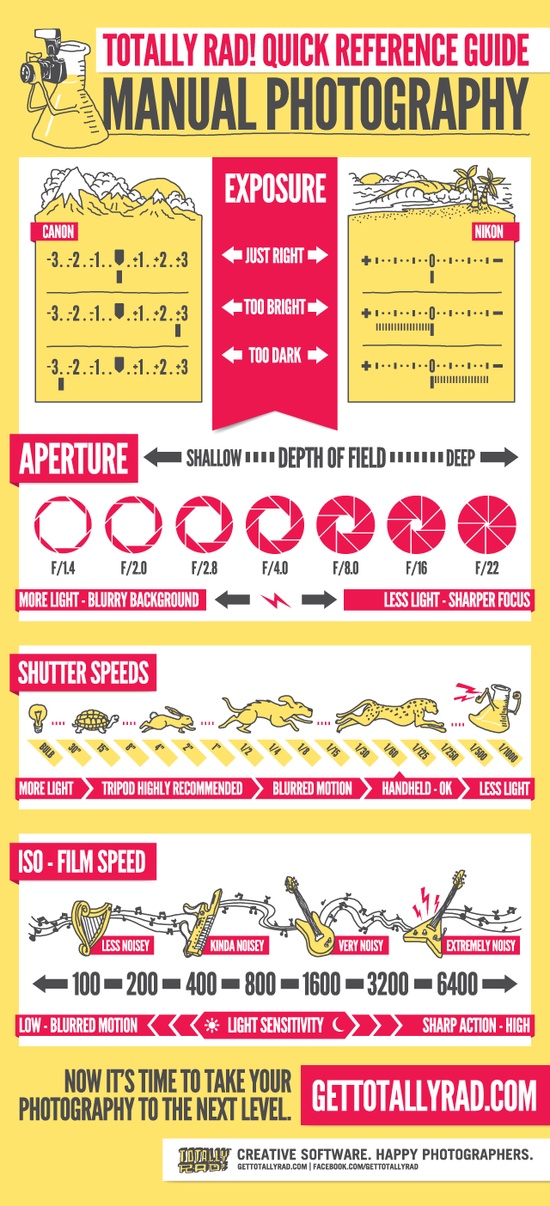Photography Tips For Beginners: Grasping Your Video Camera Quickly
Photography Tips For Beginners: Grasping Your Video Camera Quickly
Blog Article
Web Content By-Christian Elmore
When you first pick up your electronic camera, it can really feel frustrating with all the settings and alternatives readily available. You could find yourself asking yourself exactly how to navigate aperture, shutter rate, and ISO properly. Grasping these basics is essential, but there's more to photography than just technical knowledge. Recognizing composition strategies and lighting conditions can elevate your images substantially. So, suppose you could learn straightforward techniques to boost your abilities and start catching remarkable images sooner than you think? Allow's discover exactly how to change https://telegra.ph/Innovative-Photography-Concepts-Releasing-Your-Imagination-01-08 .
Comprehending Cam Settings
Understanding your video camera settings is vital for catching spectacular pictures. When you grab your cam, familiarize on your own with the three main settings: aperture, shutter speed, and ISO. Each plays an important function in exactly how your pictures end up.
Beginning with aperture, which regulates the quantity of light entering the lens. click this over here now (lower f-number) lets in a lot more light and produces a beautiful history blur, ideal for pictures. On the other hand, a narrower aperture (greater f-number) maintains more of the scene in emphasis, ideal for landscapes.
Next off, focus on shutter rate. This setting identifies how much time your cam's sensing unit is exposed to light. A quick shutter speed ices up movement, which is wonderful for activity shots, while a slow-moving shutter speed can produce sensational results like smooth water in landscapes.
Finally, readjust your ISO. Linkedin Photos of sensitivity to light. A higher ISO works in low-light scenarios however can introduce sound or grain. Go for the lowest ISO feasible while still attaining proper exposure.
Structure Methods
When you're out shooting, structure can make all the distinction in just how your photos reverberate with audiences. Beginning by utilizing the regulation of thirds; visualize your frame separated into nine equivalent areas with 2 straight and two vertical lines. Setting crucial elements along these lines or at their intersections to create balance and passion.
Next, consider leading lines. These natural lines in your scene, like roads or rivers, draw the visitor's eye into the photo, directing them through the tale you're informing.
Don't forget mounting; usage components within your scene, like trees or home windows, to create a framework around your subject, adding depth and focus.
Likewise, watch on your history. A cluttered history can sidetrack from your primary topic, while a simple one aids it stick out.
Lastly, trying out balance and patterns; they can produce a striking image that captures focus.
Learning Lighting Conditions
Grasping illumination problems is important for capturing spectacular pictures, as the appropriate light can change an ordinary scene into something phenomenal.
Beginning by observing all-natural light at various times of the day. Early mornings and late afternoons provide the best light, known as the gold hour. The soft, warm tones throughout these times can improve your photos wonderfully.
Do not avoid overcast days either; diffused light can lessen rough shadows and develop a pleasing result, particularly for portraits.
Trying out backlighting by positioning your topic versus the source of light. This method can develop a wonderful halo effect and add deepness to your pictures.
Take note of your video camera setups too. Readjust the ISO, aperture, and shutter rate to suit the illumination conditions. A greater ISO can help in low light, but beware of grain.
Utilize a tripod in darker settings to avoid blur.
Finally, don't fail to remember artificial illumination. Flash and continuous lights can be excellent tools for controlling light in challenging conditions.
Conclusion
To conclude, mastering your cam doesn't need to be overwhelming. By comprehending your setups, applying structure methods, and utilizing the power of natural light, you'll promptly raise your digital photography skills. Remember, practice makes best, so go out there and explore your newfound expertise. With time and devotion, you'll be capturing sensational pictures that mirror your distinct viewpoint. Delight in the trip, and do not neglect to have fun while you go to it!
